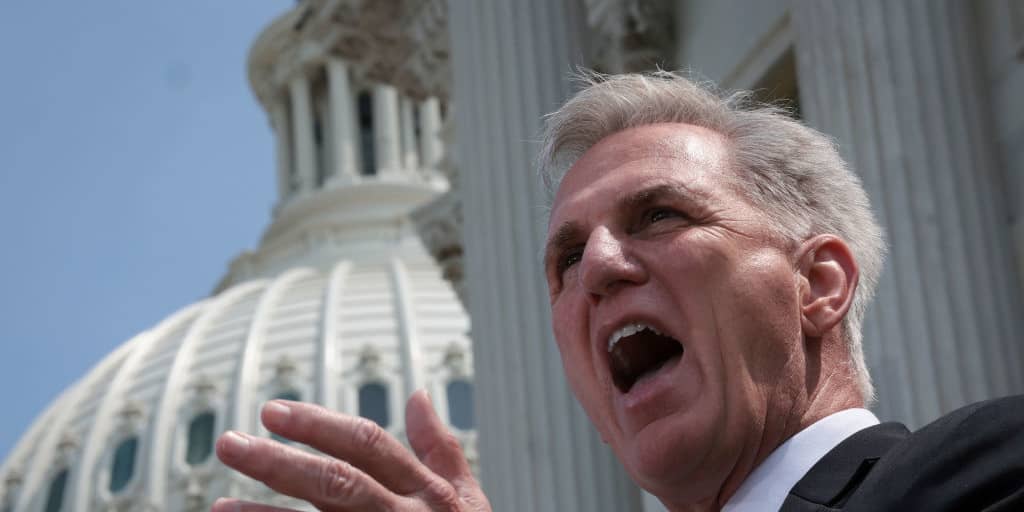Congress has three days to come up with a plan that avoids a government shutdown on Sunday, but
Goldman Sachs
‘ top economist doesn’t think that’s likely.
Jan Hatzius, Goldman’s chief economist and head of global investment research, says the odds of a shutdown, starting on Oct. 1, are up to 90%. He estimates it could last two or three weeks. A quick reopening “looks unlikely as political positions become more deeply entrenched,” he wrote.
The Wall Street bank’s economists believe political pressure will grow during a shutdown as the Oct. 13 and Nov. 1 pay dates for active-duty military personnel come into focus. There is also the fallout from a potential deterioration in essential operations such as airport security screenings and border patrol as workers go unpaid, the report said.
The White House said service members will continue working without pay during a shutdown, including 1.3 million active-duty troops. Hundreds of thousands of civilian Defense Department workers would be furloughed. Making the military work without pay is likely to be unpopular with voters, with negative consequences for the political party they hold responsible, Hatzius said.
In addition, more than 13,000 air-traffic controllers, more than 50,000 Transportation Security Administration officers and workers, and thousands of Federal Aviation Administration employees would also work without pay. During the 2018-2019 shutdown, this same dynamic led to a rise in absences and resignations, which led to travel delays and airport terminal closures, the note said.
Hatzius sees a way Congress can emerge from a shutdown, citing the rule that a majority of the House can sign what’s called a “discharge petition” to circumvent the Speaker and bring a bill to a vote. It isn’t something that could prevent the shutdown because it requires more maneuvering time than lawmakers have before the deadline, he said. But “once a shutdown occurs, and particularly once political pressure builds, a discharge petition might come into play as a means of ending the shutdown.”
Goldman estimates that a shutdown would subtract 0.2 percentage points from fourth-quarter gross domestic product for each week it continues, depending on how long it lasts. It expects the same in first-quarter 2024, assuming it has ended by then, in addition to impacts on federal employees and private sector.
Even if it all ends after two or three weeks, Goldman said additional shutdowns are possible, noting that the two parties remain far apart on spending proposals, and that any agreement to reopen the government would likely expire before the end of the year, risking another lapse in funding.
Write to Janet H. Cho at [email protected]
Read the full article here











